If you haven’t tried fresh-picked peas yet, you are missing out. Home-grown peas have an incomparable flavor to the store-bought version. They are juicy, crispy, and naturally sweet. Growing them, however, requires a little planning and lots of patience.
When to grow peas in Central Texas?
Peas have two planting times in central Texas. The first one is in the fall around September through October. The second is in early winter, January through February. However, fall planting is the ideal time for best production.
Peas are cool-season crops. They enjoy day temperatures in 70F (21C) and night temperatures in 50F (10C). Anything above 80F (27C) is too hot and will stress the plant, causing it to crip up and die.
Two things threaten peas in central Texas: deep freeze and early heat. Since both are hard to predict, the gardener relies on luck. Early 2020 has seen unusual deep freezes that destroyed the fall-planted peas. Then summer heat kicked in early, stopping the production of the second planting.
Practical Tips to get a pea harvest
As long as it is not an unusual winter storm, like the 2021 snowstorm or 2023 ice storm, there is a way to protect your peas to get a decent harvest.
- For fall planting choose frost-tolerant varieties. For spring planting, choose heat-tolerant varieties.
- Go with short-vining varieties to cover them easily in case of a cold snap.
- Use the triple cover technique. (see more below)
- Maintain a balanced soil moisture to prevent stress on the plant.
- Small burns on the tips of the plant after a freeze are not detrimental. Clean up the plant then leave it alone. It will pick up and continue growing.
- Do not hesitate to sow more seeds after a freeze.
Pea varieties that grow well in Central Texas
When choosing the pea variety for your garden, consider the following criteria:
- How many days till maturity? The smaller the number, the better. Fast-maturing varieties have a better chance of escaping late freeze or early heat.
- Is it cold or heat-tolerant? Cold-tolerant peas do not withstand a deep freeze but can take some cold. These are great for fall planting. Heat-tolerant peas are more tolerant of spring temperature fluctuations, so they are best for winter planting.
- How tall does the plant get? Choosing short varieties makes protecting them with row covers much easier. They also tend to have a shorter maturity period, saving us some time.
Generally speaking, there are three types of peas.
Snow peas are a Mange-Tout type of peas. They are flat, and the peas never develop. They mature early and are prolific producers.
Sugar snap peas are slightly fuller than snow peas but are still a mange-tout. They are sweeter and somewhat fast-growing.
English peas or shelling peas are grown for the peas. They usually take the longest to mature.
You may also divide peas into two groups according to their growth habit. All pea plants are vining plants and need some support to keep the fruit off the ground. However, some varieties can reach six feet high, while others stop at 18 inches. (more about it later)

Direct sowing vs. starting pea seeds indoors
Direct sowing of the seeds in the ground is recommended. Yet, starting them indoors is also a possibility.
Since Texas summers are long, starting the seeds indoors is one way to get a head start on the season.
It is best to start the seeds in root trainers or deep pots. It prevents root binding and minimizes excessive handling of the roots at transplanting.
For fall planting, start seeds in September. If October is cool enough, then direct sowing time begins and continues till February.
Click here to learn more about seed starting basics.
Soil requirements for growing peas
Peas do well in most soil types as long as there is good drainage. Add organic matter or good compost to any soil to improve its texture and feed its biological life.
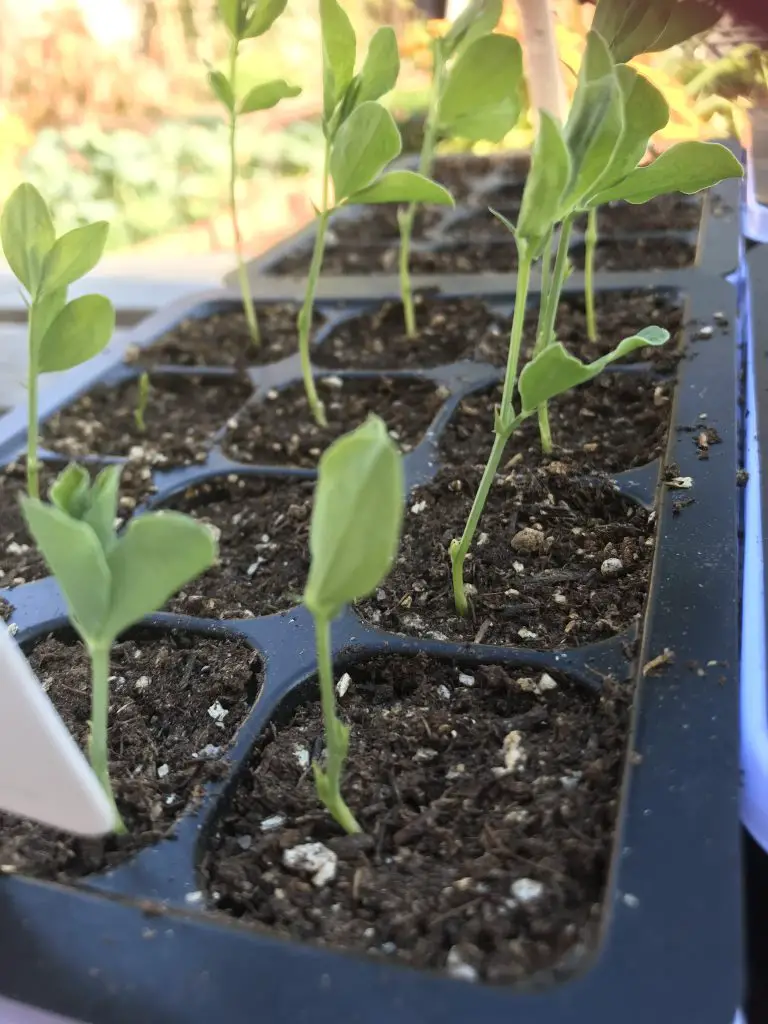

Do peas grow in full sun or shade?
Peas need full sun for best performance. Less than six hours of direct sunlight will cause low and slow production.
Planting and spacing
Spacing vining varieties one inch apart, or even less, does not present any problem. Space bush varieties two to three inches apart.
If planting in rows, provide enough space in between them. Two feet apart or more seems to be reasonable.
Fertilizing growing peas
Like all legumes, peas are nitrogen fixers. They have a symbiotic relationship with certain bacteria living in their roots. The bacteria help the plants use the nitrogen by transforming it into a usable form.
Contrary to common thought, legumes do not fix nitrogen in the soil for other plants to use. The bacteria makes it available for them. Once dead, the unused Nitrogen is released from the nodules in the root system into the soil.
Click here to learn more about the nitrogen-fixing process.
Provide the peas with the right conditions to thrive by adding organic matter to the soil. Then supplement with a boost of a seaweed feed throughout the growing season.
It is important to remember that too much nitrogen may lead to aphid infestation. Make sure the soil is balanced and well-draining.
Watering
Pea plants need regular watering. Overwatering, as well as underwatering, can cause plant stress.
Pests
There are two major pest problems to be prepared for when growing peas in a central Texas garden.
- Rodents: Mice and rabbits love to snack on pea sprouts. Thus, consider protecting the peas with a mesh cover or an animal guard.
- Spider mites: They are pencil-tip-sized red insects. They live on the underside of the leaf, where they suck in the sap. It is hard to control them once they appear. Early planting to delay their infestation is the best management. Harvest as much as possible until the vine gives up and dies. Discard the plant and do not compost.
Read more about spider mites here.
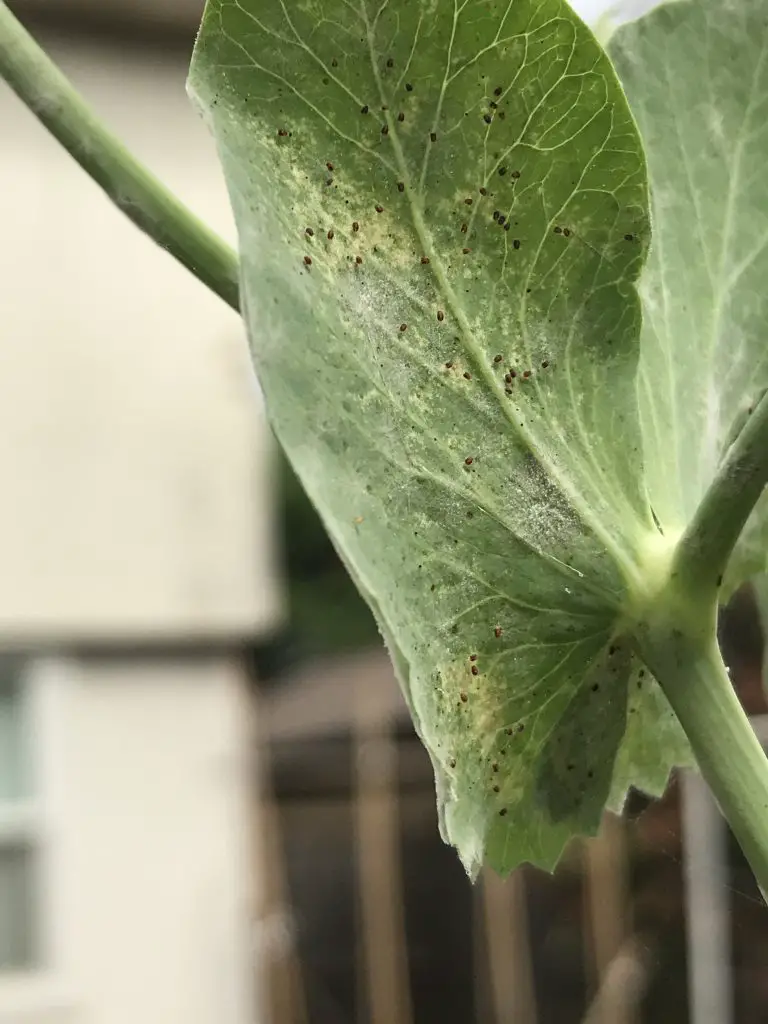

Powdery Mildew
It is a fungal disease that is more prominent in warm and humid weather. It looks like a white powder on the leaves, hence the name.
Spring peas are more susceptible to it. Increasing fall planting is the best way to avoid dealing with it.
Milk or baking soda spray can help slow the spread if it occurs anyway.
Read more about dealing with powdery mildew here.
How do you protect growing peas from a freeze?
Peas are cool-season crops. They can withstand cold temperatures and light frost. Use fleece or thick row cover to protect them against freezing temperatures. Yet, expect to lose them if the temperatures get below 25F(-5C).
Unfortunately, since the 2021 snowstorm, Central Texas has been experiencing record-breaking low temperatures. One solution I found helpful was:
- Plant short varieties to use short trellises. The latter serve as row cover support.
- Triple protection: Cover the peas with a row cover, followed by plastic, then top with another row cover or an old bed sheet.
- Hold the covers in place using garden clamps.
In the picture below, notice one bed has a plastic cover on top and the other has a row cover. That was an experiment I was running to see if there would be any difference.
The result was pretty much the same as far as crop protection.
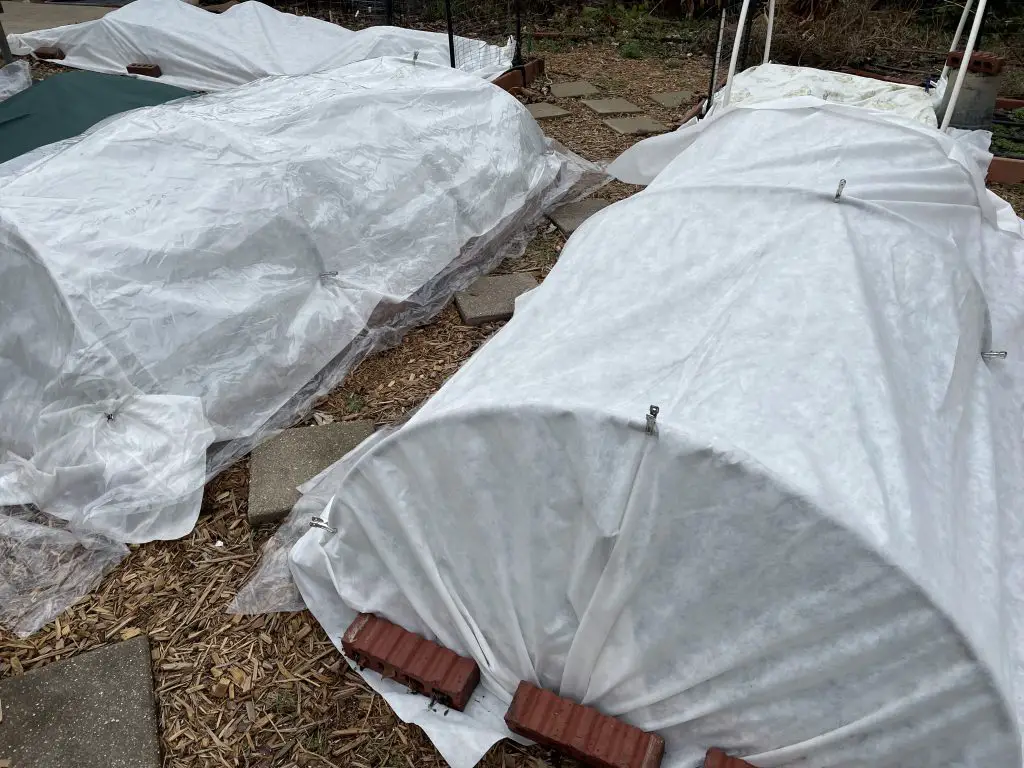
Supporting your growing peas
There are two types of peas: vining and bush.
The vining peas can reach up to six feet tall. They are delicate and need a trellis for support. Netting, chicken wire, or cattle panels, are ways gardeners use to support their peas.
The bush variety does not need outstanding support. Crisscrossing some twigs works just fine.
I use rabbit wire attached to a PVC frame.
Both varieties send little thread-like branches called tendrils to hang into the support.
Check the seeds packet to find the kind of peas you are growing.
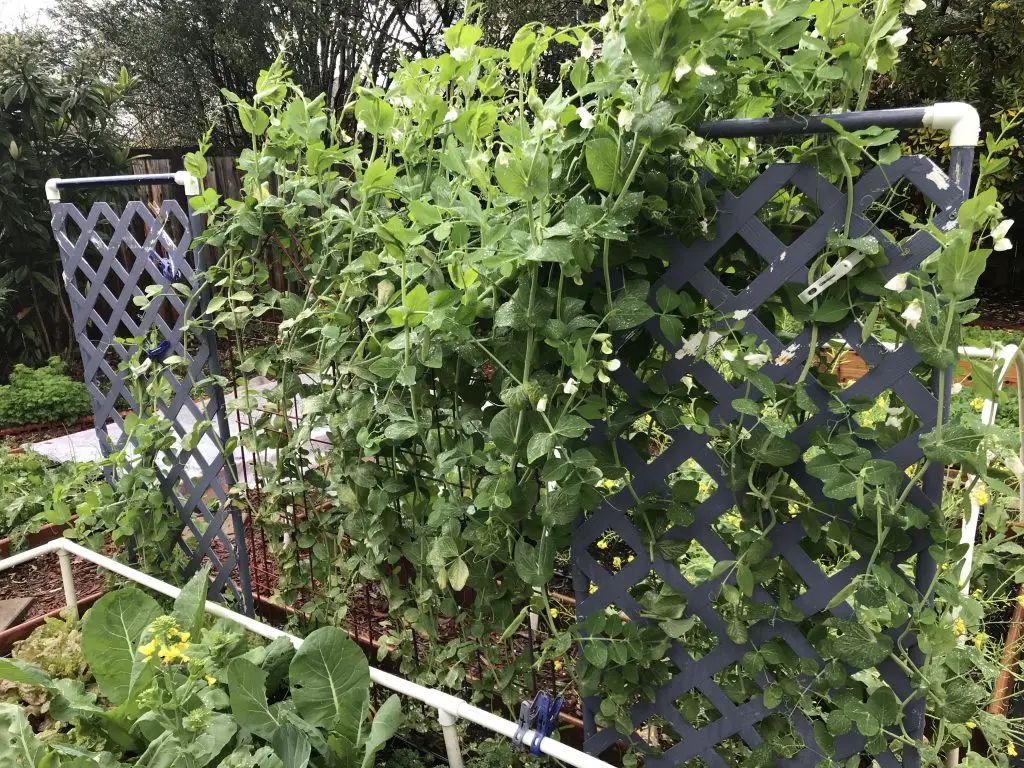
The trellising system I have been using made both covering and seasonal transition so easy.

The trellis consists of two halves about two to three feet high. With this height, I can cover them easily. At the end of the season, one half (the front one with the L-connectors) goes on top of the second one ( in the back with the T-connector). The resulting trellis is roughly six feet high, good enough for cucumbers and cherry tomatoes.
When to harvest peas
Fall-planted peas begin flowering at the end of January. Depending on the variety, some will be sooner than others. Snow peas harvest may start mid-February, while other types may take slightly longer. Yet, pick the pods whenever you feel like it.
Make sure to harvest every so often to ensure continuous production.
How Many Peas To Grow?
Since we are growing vegetables to provide enough for our families, this question comes up frequently: how much should I grow?
After years of experimentation, I finally came to an answer. Once I figured out how to make my plants survive the harsh weather, I could gauge how much I should grow for my family. However, this is relatively dependent on how much peas you consume.
After successfully and densely planting four rows, four feet each, the final harvest was about four pounds of shelled peas. That was enough for us to make five or six meals.
In conclusion, planting a minimum of eight four-foot-long rows worth of peas seems reasonable for my family of six.
Saving pea seeds
Peas are among the easiest crops to save seeds from. They do not cross-pollinate easily due to their flower structure. So, if you find a variety that thrives in your garden, try to save some seeds from it.
Allow a handful of pods to dry on the vine, then shell them and store the dried peas in a seed packet or a glass jar. Store them in a cool and dry place to prevent rotting.
Peas in the kitchen
Peas are used in various dishes around the world. They are eaten either raw or cooked. Preserve the peas harvest by freezing, drying, or canning.
Mange-tout varieties are a great snack for kids and are the best choice for a stir-fry.
Some of our favorite pea recipes are:
- Artichoke and peas tajine
- Steamed peas and couscous
- Vegetable pot pie
- All vegetable Stir Fry
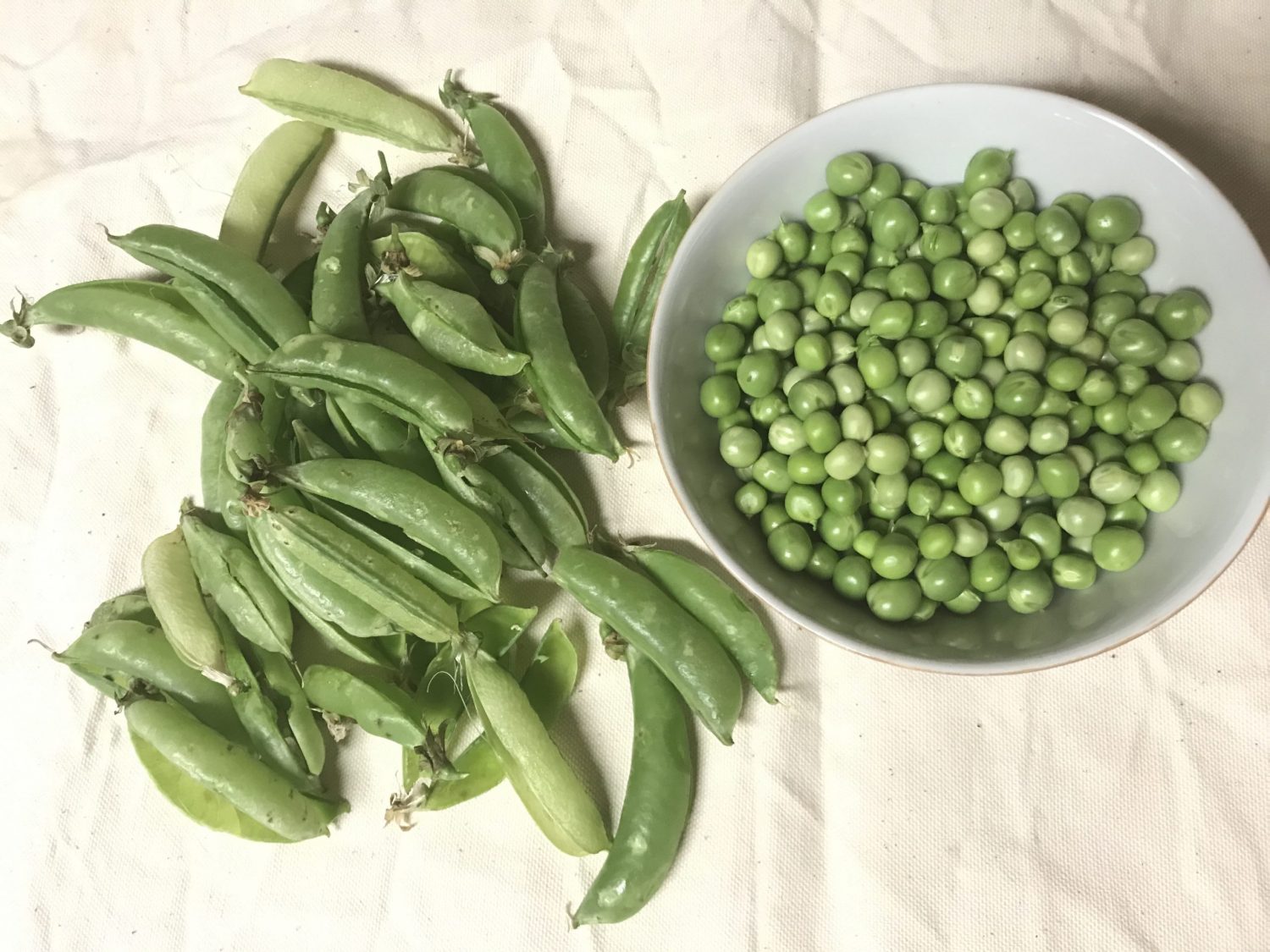


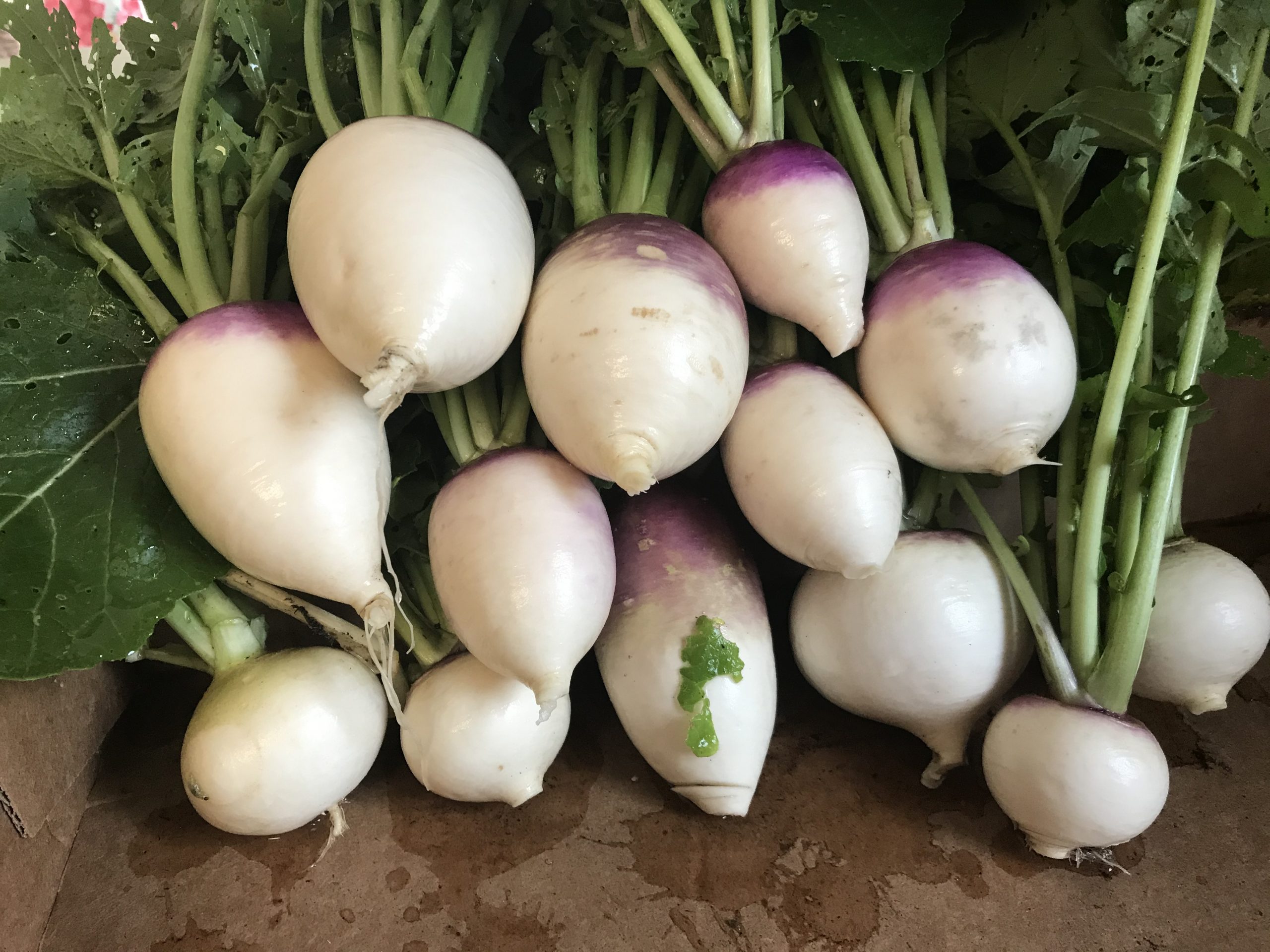

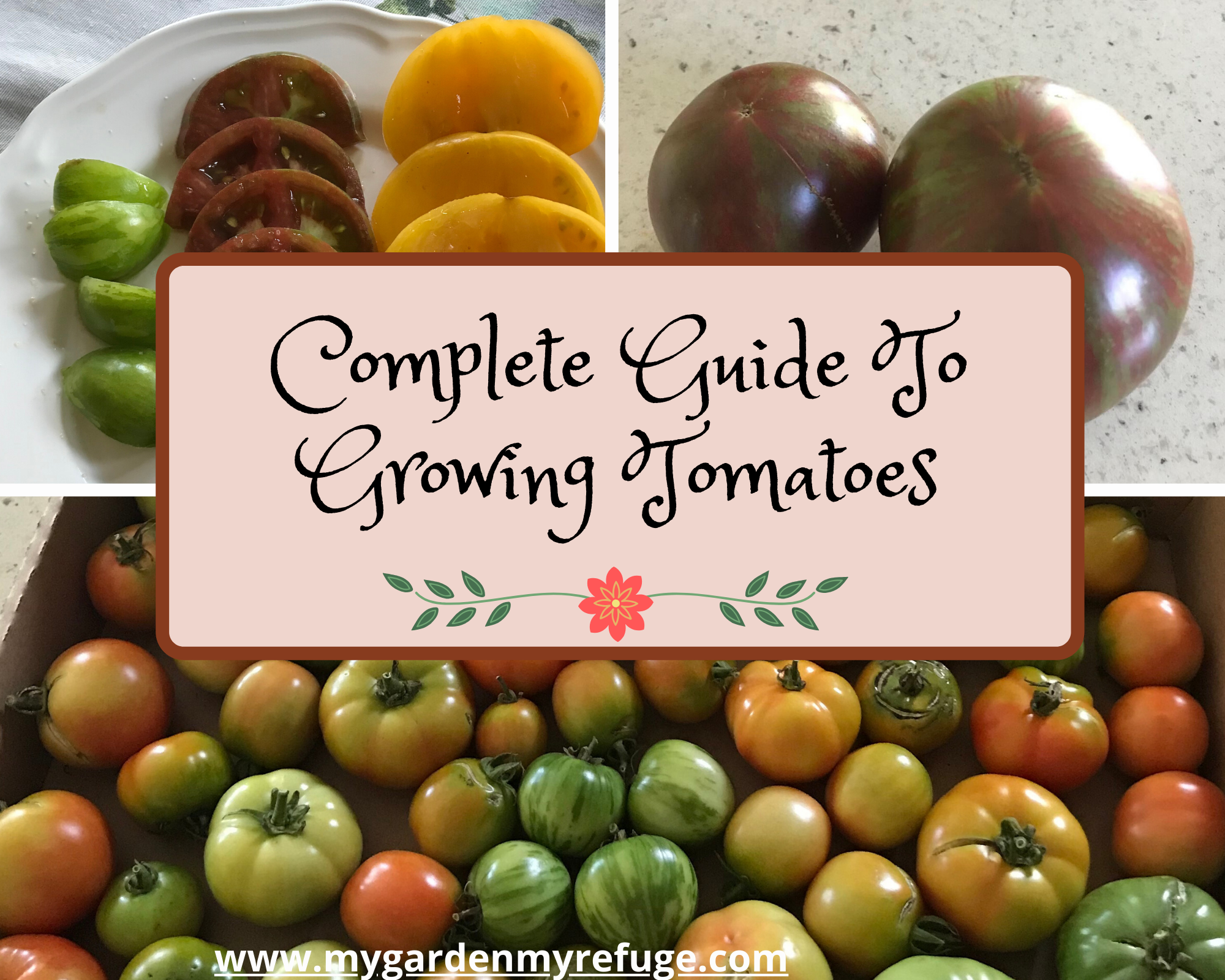
Howdy I am so happy I found your weblog, I really found you by accident, while I was searching on Google for something else, Nonetheless I am here now and would just like to say kudos for a incredible post and a all round enjoyable blog (I also love the theme/design), I don’t have time to read it all at the minute but I have book-marked it and also added in your RSS feeds, so when I have time I will be back to read more, Please do keep up the fantastic work.
thank you very much for the kind words.
Thank you! Very informative for this newbie gardener in Dallas. I did plant peas this spring but too late so they withered quickly in the heat. I’m happy to see that I can have a second chance in the fall!
I am glad you found the post helpful. Yes, wait until the weather cools down then plant them, usually in November. Watch out for the mice and squirrels they love to dig the seedlings out. Good luck
I would like to grow black-eyed peas and purple-hull cowpeas this summer. Do you have any tips??? When would be the best time to plant (April, May)? I know they can grow here and my family loves them!! I have raised beds with compost and organic soil for my garden.
Hi Sara,
I wish I had enough space to grow cowpeas. But, I would treat them like green beans. Plant them after all danger of frost has passed.
Check the variety if it’s climber or a bush. To the most of your space I would go with the climbers.
Thank you SO much!